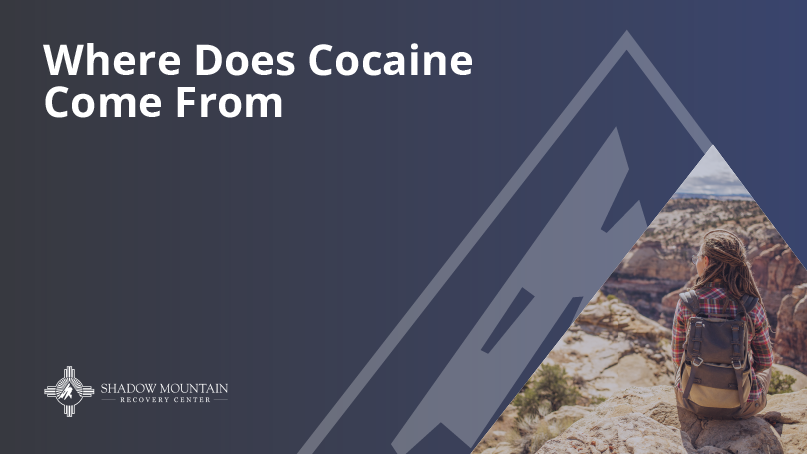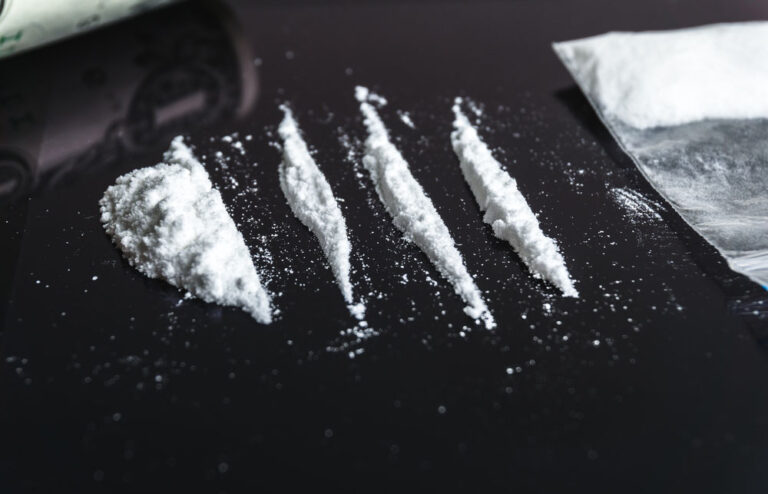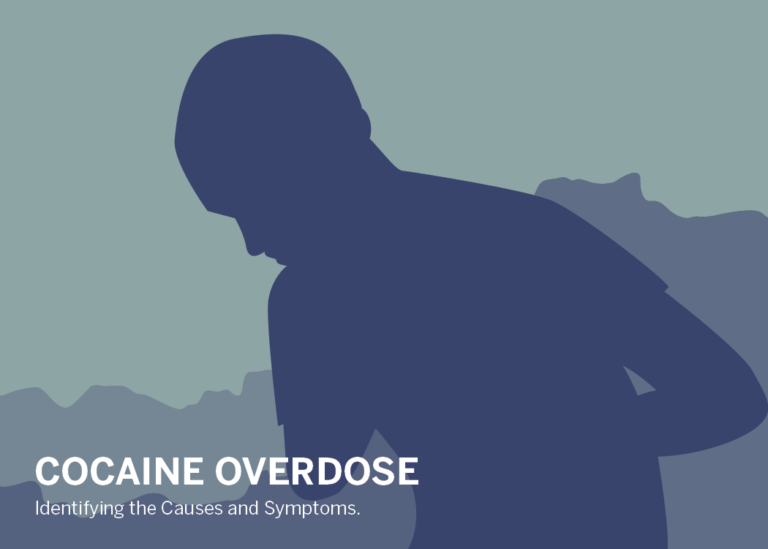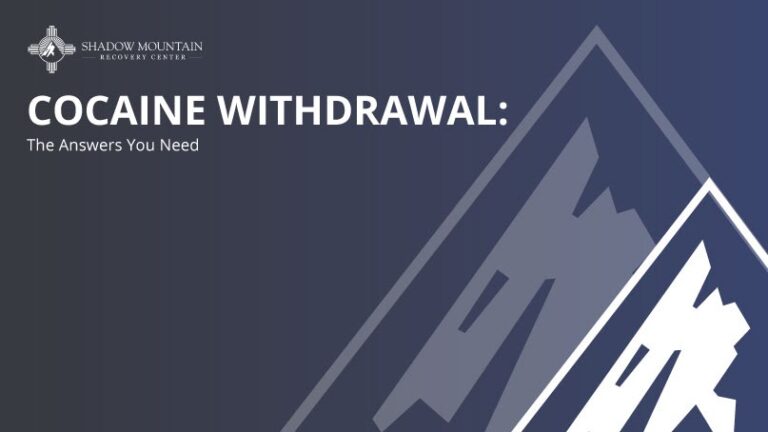Where Does Cocaine Come From
When someone mentions the word “cocaine,” what are some of the first things that pop into your mind? Maybe someone snorting a line of white powder in a bathroom at a club or party? Or maybe you think about someone using a needle in their arm to feel a rush? It can feel like such a modern concept, but the use of cocaine is older than we think. So where does cocaine come from? History shows that it dates back to before the 1500s with native people in South America chewing on the coca leaves for energy boosts as well as other cultural and religious ceremonies.
Knowing the origin of something can sometimes be a step towards destigmatizing it. Many times substances start as medicinal products until later side effects are studied from their continued use. To this day, we still continue to learn more about the long-term effects of a variety of substances. Having access to this knowledge is something we here at Shadow Mountain Recovery believe in making easily accessible. Let’s talk more about cocaine, what it is, and how it affects your body over time.
What Is Cocaine?
Cocaine is a stimulant derived from the coca plant. It’s refined into a powdery substance and usually taken via snorting, rubbing on your gums, or injecting directly into your body.
How Is Cocaine Produced?
The coca plant (not to be confused with the cocoa plant) is a small, berry plant that is native to tropical regions. In order to make cocaine, the leaves are picked and taken to labs where they undergo chemical processing. Afterward, you’re left with the white powder that most people associate with cocaine. Some processes, however, leave it in a crystal-like form, which is usually referred to as “crack cocaine.”
The large majority of cocaine produced in the world comes from South America in Colombia, though Peru is also a high producer of the substance. In 2020 alone Colombia produced 1,288 tonnes of cocaine, which was a 233% increase from 2014.
How Does Cocaine Affect the Body?
When you experience something exciting or do something enjoyable, like eat or have sex, dopamine is released into your system. This is known as the reward chemical and it’s one of the main things that makes us feel good or happy. Normally, dopamine is released into your body and then recycled back into your system, making the intense happiness subside. Cocaine, however, blocks the body’s ability to recycle dopamine, while also producing more of it. This leads to a flood of dopamine sitting in your body, causing feelings of euphoria. Afterward, when the cocaine exits your system, many people experience a “crash” as their body goes back to normal levels of dopamine. In comparison to the high they just felt, this normality feels negative, or sad.
How Common Is Cocaine Lacing and Why Do Dealers Do It?
Unfortunately, there are no standards or regulations when it comes to illicit substances like cocaine. Because of this, dealers can lace, or “cut,” their products with whatever they like without having to disclose this to their buyers. Drug dealers often lace their substances with other substances, in order to cut costs while increasing profit. While there is no way to know the specifics of how often cocaine is laced with other substances, we can talk about why it happens as well as the rise in a specific substance being mixed into others – fentanyl.
What Substances Are Commonly Laced in Cocaine and What Are Their Effects?
Some of the most common things that cocaine is laced with include cornstarch, sugar, talcum powder, flour, and other substances like fentanyl. Many of these common baking supplies won’t negatively affect you, though they do have their risks, still. For example, raw flour is one of the leading sources of e.coli.
Putting any substance into your body without knowing about it can still be detrimental, especially if you’re injecting cocaine. Having things that don’t belong in your blood, like flour, sugar, corn starch, and talcum powder isn’t healthy for your body.
Fentanyl and Cocaine
Fentanyl is a powerful, synthetic opioid that has recently been on the rise in relation to overdoses. This is primarily because it is cut with other substances without the person buying its knowledge. Because of how powerful fentanyl is, when a person takes their normal dose of something like cocaine, they end up being impacted more than they anticipated. This can often lead to an overdose due to the system being overwhelmed.
Last year, New Mexico passed a law to allow fentanyl testing strips to be legal in the state. It never hurts to test a substance before you ingest it in order to ensure you’re not putting anything into your body without your knowledge.
Here are some signs you can also look out for that might indicate that you or someone you know has taken something laced with fentanyl without realizing it:
- Drowsiness
- Dizziness
- Constricted pupils
- Difficulty breathing
- Confusion
- Nausea and vomiting
If you start to notice someone experiencing signs of an overdose, such as hallucinations, high blood pressure, high body temperature, or seizures, don’t be afraid to call for medical help. Over 150 people die each day due to overdoses from fentanyl, but they can be avoided. New Mexico’s Good Samaritan law will protect you from being persecuted for seeking medical help for a substance overdose.
Getting Treatment For Cocaine Addiction
If you’re looking to start your road to recovery from cocaine use disorder, Shadow Mountain Recovery is here to help. With four locations in New Mexico and everything from detox to outpatient and dual diagnosis, we can make sure you find the right tools you need to reach your recovery goals.
We understand that every client that walks through our door has their own story to tell. Everyone is unique, which is why we don’t believe in offering cookie-cutter solutions. We have a variety of programs to help you find the healing you’re looking for. Our evidence-based treatments vary from AcuDetox to yoga, and our facilities embrace the stunning landscape of the southwest and utilize this amazing environment to bolster your recovery.
If you have any questions about our recovery programs, cocaine use, detox, or anything else, feel free to give us a call at 505-657-2117. Our team here at Shadow Mountain is ready and happy to help.










